12 Facts About the Smoky Mountains You May Not Know
The Great Smoky Mountains National Park combines natural beauty, fascinating wildlife, and history.
On top of its smoky-looking mountains and picturesque valleys, there’s much more to this national park. Here are ten surprising facts about the Smoky Mountains that you may not have known.
1. Elk Reintroduction
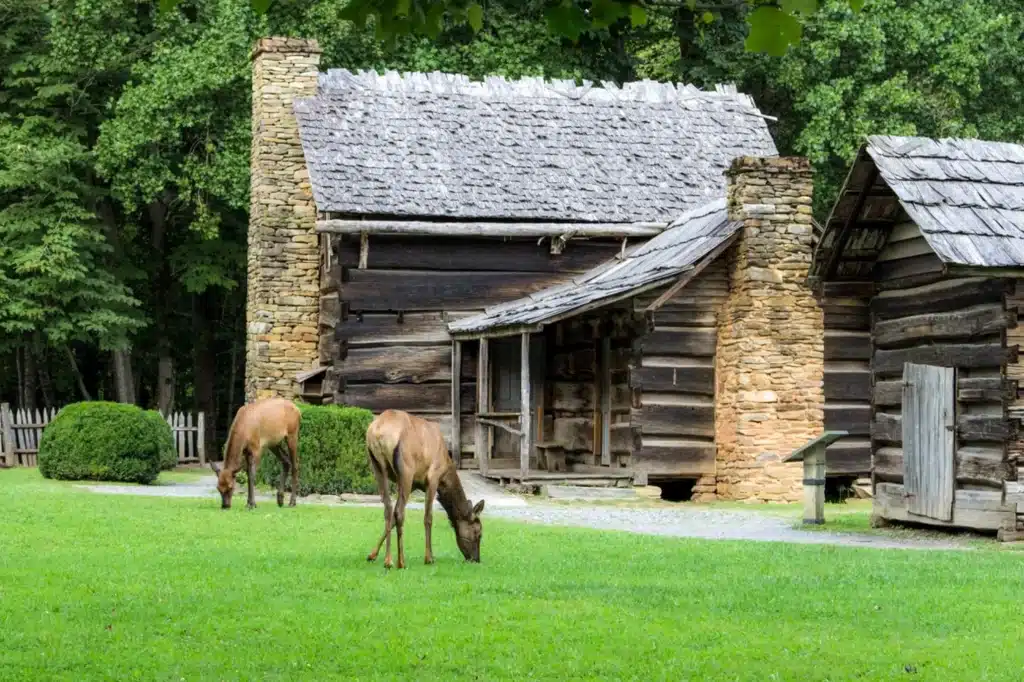
Elk were reintroduced to the Smokies twenty years ago after a long absence and can now be seen in the southeast portions of the park. You can often see Elk in the morning or evening, but only in specific areas. Read more on our guide to the best places to find them!
2. The Synchronous Fireflies
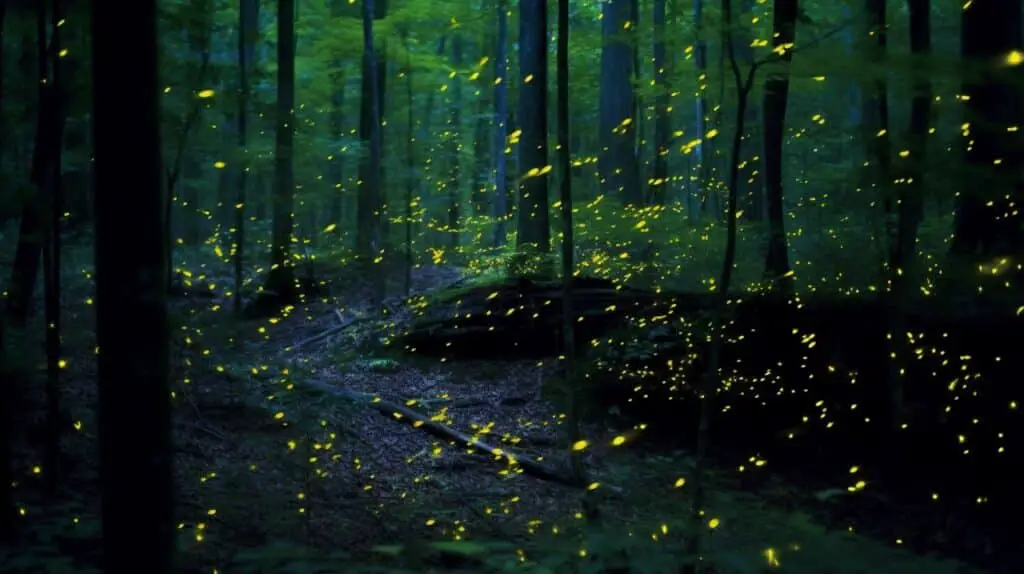
One of the most magical phenomena in the Smokies is the synchronous fireflies. These fireflies synchronize their flashing light patterns for a few weeks early every summer. It’s so popular that there’s a lottery system to see them! We keep a page updated on the status.
3. The Name “Smoky”
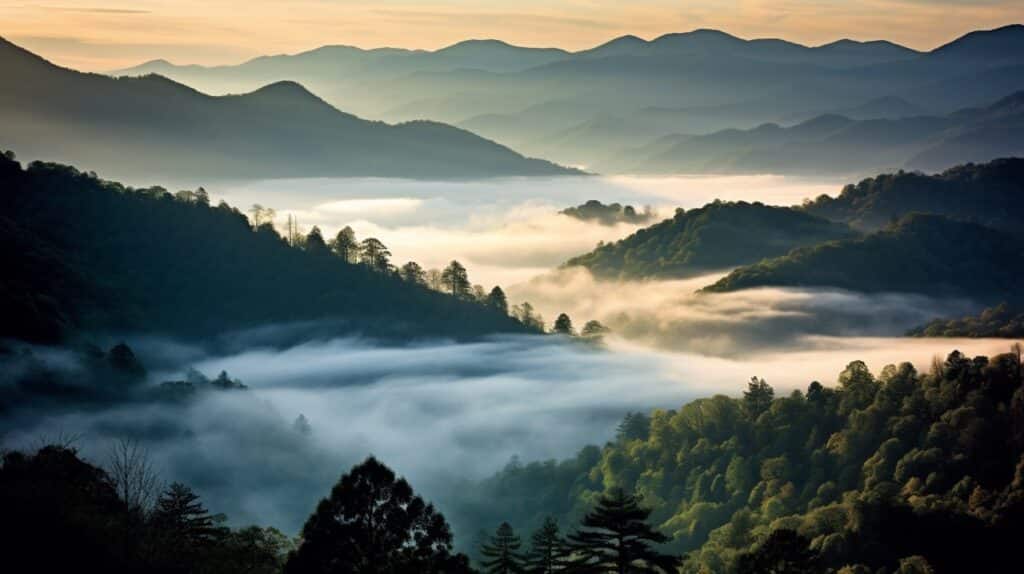
The “smoky” mist that names the mountains comes from the natural fog that often hangs over the range. This fog is created by vegetation exhaling volatile organic compounds. Read more about this here.
4. Home to Ancient Mountains
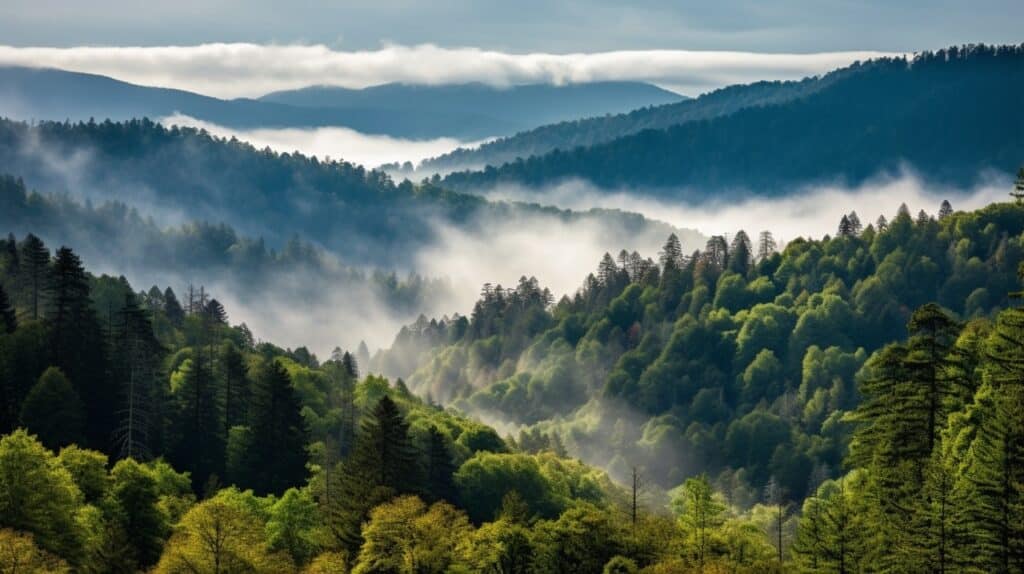
The Smokies are among the oldest mountains in the world! Their age contributes to the diverse ecosystems and the many different species of plants and animals in the park.
5. Wildlife everywhere
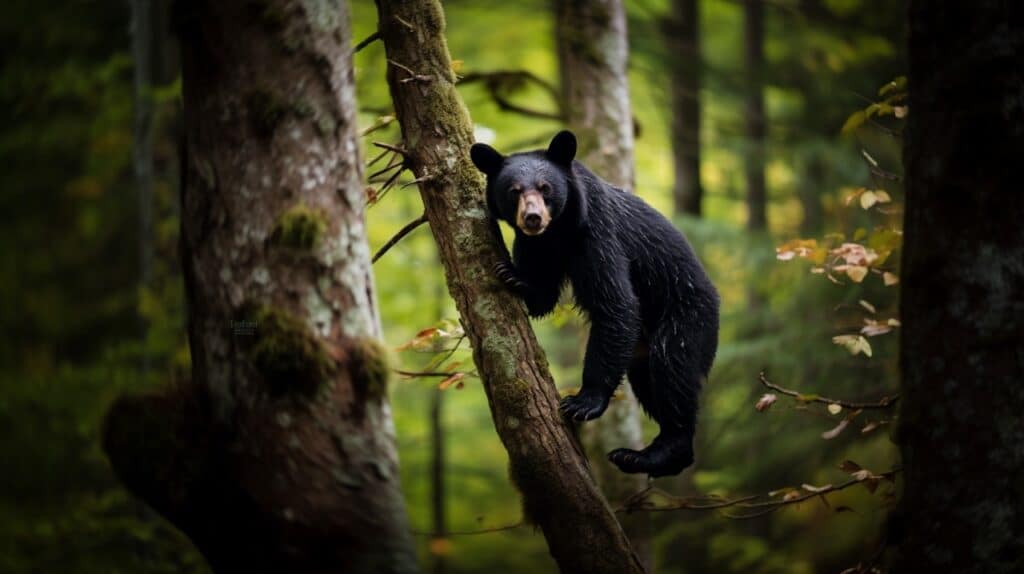
There’s a huge amount of wildlife in the Smoky Mountains, including the densest black bear population in the Eastern United States.
There are over 17,000 documented species, but scientists believe thousands more are still waiting to be discovered.
6. The Salamander Capital

The Smoky Mountains are known as the “Salamander Capital of the World.” Over 30 kinds of salamanders roam the park’s ecosystems, making it a haven for these amphibians.
7. Not Just Mountains – A Rainforest Too!
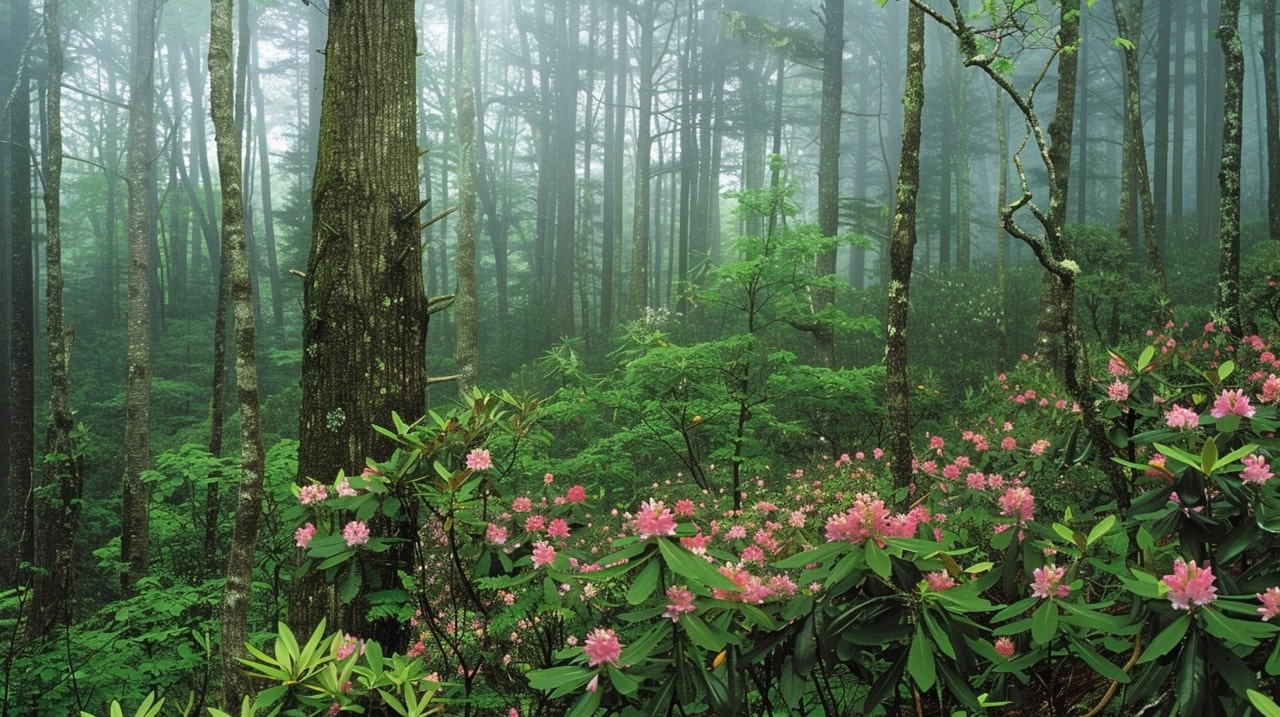
The Smokies’ lush vegetation and abundant rainfall (some areas receive up to 85 inches annually!) transform the landscape into a temperate rainforest. This unique ecosystem harbors an incredible diversity of plant and animal life.
Towering trees, vibrant wildflowers, and a dense undergrowth create a multi-layered, vibrant world, unlike many other national parks.
8. Clingmans Dome: The Highest Peak

Standing at 6,643 feet, Clingman Dome is the highest point in the Smoky Mountains and Tennessee. It offers breathtaking 360-degree views of the smokies and beyond. The observation tower at the summit provides a unique vantage point to observe the sea of mountains and valleys, showcasing the park’s grandeur.
9. Elkmont’s Ghost Town
Once a thriving resort community, Elkmont now stands as a ghost town, offering a glimpse into early 20th-century vacation life in the Smokies.
The National Park Service is preserving several historic cottages, making them fascinating destinations for visitors interested in the park’s human history.
10. Spring Wildflowers: A Diverse Display

The Great Smoky Mountains boast over 1,500 flowering plants, making it one of the most biologically diverse national parks.
Spring starts early here, with a colorful display of thyme-leaved bluets and other wildflowers from late March through July. The peak blooming season offers spectacular colors across the park’s landscapes.
The annual Wildflower Pilgrimage in May is a highlight, attracting enthusiasts for educational walks and workshops focused on the region’s floral diversity.
11. Unparalleled Biodiversity
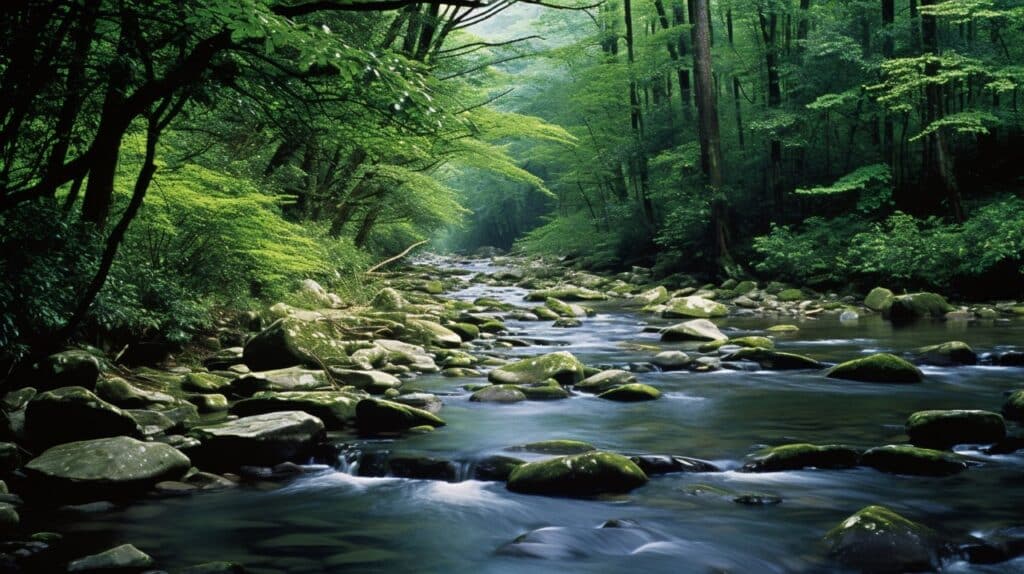
The Smoky Mountains are designated as a UNESCO World Heritage Site, not just for their stunning natural beauty but also for their exceptional biodiversity.
The park’s varied elevations and climates support an unparalleled variety of plants, including over 1,500 flowering plant species, more than any other national park in North America.
This rich plant life supports a complex web of ecosystems, further highlighting the Smokies’ global importance for conservation and study.
12. A Free Adventure

Unlike many national parks, exploring the wonders of the Smoky Mountains won’t break the bank. There’s no entrance fee, making it an incredibly accessible destination for nature lovers and families on a budget.
This accessibility makes the Smokies a true gem, where everyone can experience the beauty of nature.
Conclusion
The Smoky Mountains are full of natural surprises and amazing things to see on a Smoky Mountain vacation!








